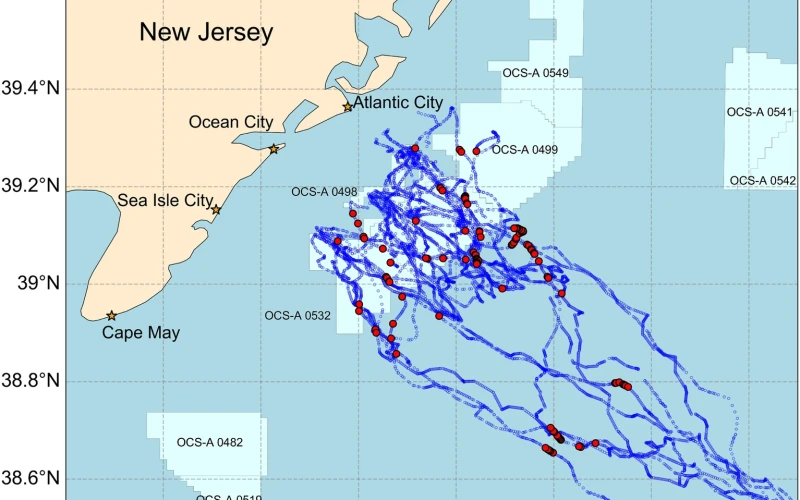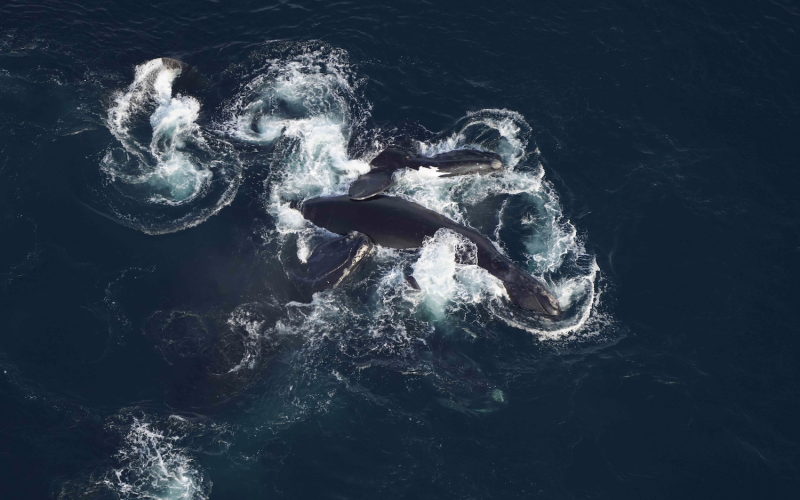Scientists at Rutgers University developed a computer program that uses artificial intelligence to predict movements and patterns of North Atlantic right whales, potentially helping to protect the highly endangered species from ship strikes.
Conceived as a tool for planning offshore wind energy projects, the high-resolution computer models could be applied across maritime industries to reduce dangers to whales from shipping, fishing gear entanglements and offshore construction, the researchers say.
Their effort combined data from autonomous underwater gliders – robotic vehicles equipped with acoustic sensors to detect whales – and satellite information on oceanographic and physical conditions. Using machine learning technologies, the researchers’ program analyzed those large data sets to discover patterns and relationships.
As the AI program encountered more data, it adjusted to make better predictions, according to findings published in the journal Nature Scientific Reports.
"The outcome of the machine-learning model is basically a prediction of where and when you will have a higher likelihood of encountering a marine mammal,” said Ahmed Aziz Ezzat, an assistant professor in the Department of Industrial and Systems Engineering at the School of Engineering, in a summary of the findings from. Rutgers.
Ezzat led the project along with Josh Kohut, a marine sciences professor and dean of research at the School of Environmental and Biological Sciences. Lead author and contributor Jiaxiang Ji is a doctoral student in the School of Engineering.
Ezzat called the results a “probability map.” The models offered detailed predictions of when and where right whales could be present around proposed offshore wind turbine arrays.

“With this program, we’re correlating the position of a whale in the ocean with environmental conditions,” Kohut said in a summary of the findings. “This allows us to become much more informed on decision making about where the whales might be. We can predict the time and location that represents a higher probability for whales to be around. This will enable us to implement different mitigation strategies to protect them.”
“While there is no evidence that offshore wind farms directly contribute to marine mammal mortalities, developing and operating offshore wind farms in a highly dynamic and vibrant ocean environment could pose a number of considerable risks to North Atlantic right whale habitats,” the researchers wrote.
Wind power areas off New Jersey studied by the team may now be out of contention. After Shell withdrew from the planned Atlantic Shores project, New Jersey utilities planners cancelled plans for new wind power solicitations. At the federal level the Trump administration’s hostility to renewable energy is likely to block other development plans.
“These tools are valuable and would solidly benefit anyone engaged in the blue economy – including fishing, shipping and developing alternative forms of energy sustainably,” Ezzat said. “This approach can support a wise and environmentally responsible use of these waters so that we achieve our economic objectives, and at the same time make sure that we cause minimal to no harm to the environmental habitat of these creatures.”




